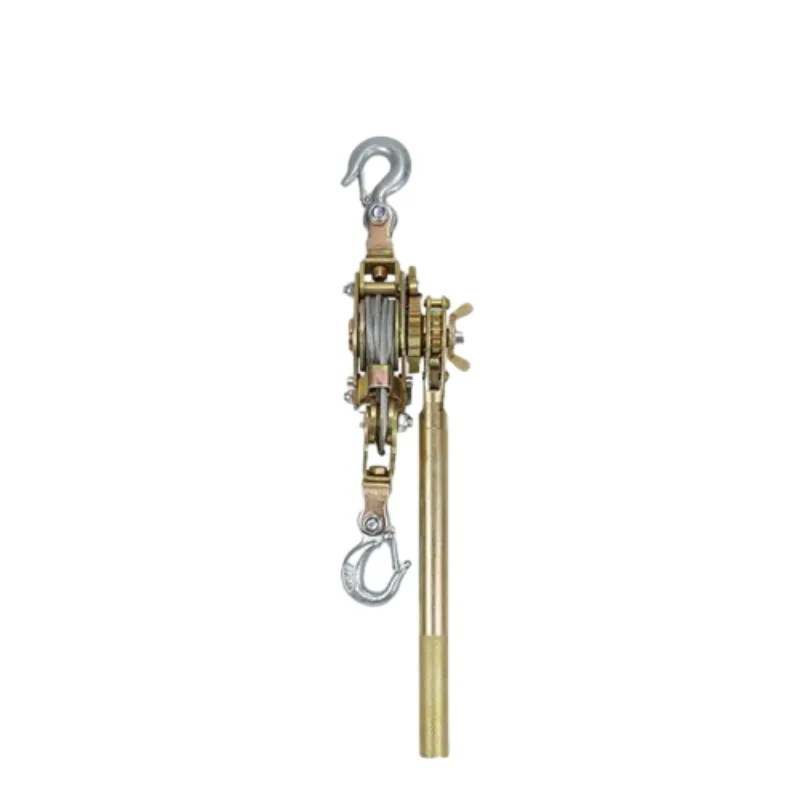
-
 Afrikaans
Afrikaans -
 Albanian
Albanian -
 Amharic
Amharic -
 Arabic
Arabic -
 Armenian
Armenian -
 Azerbaijani
Azerbaijani -
 Basque
Basque -
 Belarusian
Belarusian -
 Bengali
Bengali -
 Bosnian
Bosnian -
 Bulgarian
Bulgarian -
 Catalan
Catalan -
 Cebuano
Cebuano -
 Corsican
Corsican -
 Croatian
Croatian -
 Czech
Czech -
 Danish
Danish -
 Dutch
Dutch -
 English
English -
 Esperanto
Esperanto -
 Estonian
Estonian -
 Finnish
Finnish -
 French
French -
 Frisian
Frisian -
 Galician
Galician -
 Georgian
Georgian -
 German
German -
 Greek
Greek -
 Gujarati
Gujarati -
 Haitian Creole
Haitian Creole -
 hausa
hausa -
 hawaiian
hawaiian -
 Hebrew
Hebrew -
 Hindi
Hindi -
 Miao
Miao -
 Hungarian
Hungarian -
 Icelandic
Icelandic -
 igbo
igbo -
 Indonesian
Indonesian -
 irish
irish -
 Italian
Italian -
 Japanese
Japanese -
 Javanese
Javanese -
 Kannada
Kannada -
 kazakh
kazakh -
 Khmer
Khmer -
 Rwandese
Rwandese -
 Korean
Korean -
 Kurdish
Kurdish -
 Kyrgyz
Kyrgyz -
 Lao
Lao -
 Latin
Latin -
 Latvian
Latvian -
 Lithuanian
Lithuanian -
 Luxembourgish
Luxembourgish -
 Macedonian
Macedonian -
 Malgashi
Malgashi -
 Malay
Malay -
 Malayalam
Malayalam -
 Maltese
Maltese -
 Maori
Maori -
 Marathi
Marathi -
 Mongolian
Mongolian -
 Myanmar
Myanmar -
 Nepali
Nepali -
 Norwegian
Norwegian -
 Norwegian
Norwegian -
 Occitan
Occitan -
 Pashto
Pashto -
 Persian
Persian -
 Polish
Polish -
 Portuguese
Portuguese -
 Punjabi
Punjabi -
 Romanian
Romanian -
 Russian
Russian -
 Samoan
Samoan -
 Scottish Gaelic
Scottish Gaelic -
 Serbian
Serbian -
 Sesotho
Sesotho -
 Shona
Shona -
 Sindhi
Sindhi -
 Sinhala
Sinhala -
 Slovak
Slovak -
 Slovenian
Slovenian -
 Somali
Somali -
 Spanish
Spanish -
 Sundanese
Sundanese -
 Swahili
Swahili -
 Swedish
Swedish -
 Tagalog
Tagalog -
 Tajik
Tajik -
 Tamil
Tamil -
 Tatar
Tatar -
 Telugu
Telugu -
 Thai
Thai -
 Turkish
Turkish -
 Turkmen
Turkmen -
 Ukrainian
Ukrainian -
 Urdu
Urdu -
 Uighur
Uighur -
 Uzbek
Uzbek -
 Vietnamese
Vietnamese -
 Welsh
Welsh -
 Bantu
Bantu -
 Yiddish
Yiddish -
 Yoruba
Yoruba -
 Zulu
Zulu


Dec . 04, 2024 07:51 Back to list
Heavy-Duty Crimping Equipment for Industrial Hoses and Tubing Solutions
The Importance of Industrial Hose Crimping Machines in Modern Industries
In today's rapidly evolving industrial landscape, efficiency, precision, and reliability are paramount. One integral component that supports these qualities is the industrial hose crimping machine. These sophisticated machines are essential for creating robust and durable hose assemblies used in a variety of applications, from construction and agriculture to automotive and manufacturing.
Understanding Hose Crimping
Hose crimping is a process that involves deforming metal fittings around the ends of hoses to create a secure and leak-proof connection. This process is vital for ensuring that hoses can withstand high pressures and temperatures while maintaining flexibility and durability throughout their operational lifespan. Industrial hose crimping machines utilize hydraulic or mechanical force to achieve these crimps with exact specifications, ensuring that each assembly meets the strict standards required for safety and performance.
Technological Advancements
The evolution of hose crimping technology has significantly enhanced the efficiency and quality of hose assembly processes. Modern machines are equipped with advanced features such as digital displays, programmable settings, and automatic calibration systems. These advancements allow operators to easily adjust the crimping parameters based on the specific requirements of the hoses and fittings being used. Furthermore, many machines are now designed for easy integration into automated assembly lines, improving productivity by minimizing manual effort and reducing the possibility of human error.
Versatility and Application
Industrial hose crimping machines are not limited to a single type of hose or fitting. They can accommodate a wide variety of materials and sizes, including rubber, PVC, and thermoplastic hoses with different diameters and pressure ratings. This versatility makes them essential tools for various sectors. For instance, in the construction industry, they facilitate the production of hydraulic hoses that power heavy machinery. In the agricultural sector, crimping machines are vital for producing hoses that handle fertilizers and pesticides. In the automotive industry, they are used to manufacture fuel and coolant hoses that ensure smooth vehicle operation.
industrial hose crimping machine

Benefits of Using Crimping Machines
1. Quality Assurance Crimping machines provide consistent, high-quality fittings that ensure the longevity and reliability of hose assemblies. The precision of crimping eliminates the risks associated with poor connections, such as leaks or ruptures that can lead to equipment failure or safety hazards.
2. Increased Productivity Automated and semi-automated crimping machines significantly speed up the production process. Operators can create multiple hose assemblies in a fraction of the time it would take using manual methods.
3. Cost-Effectiveness While the initial investment in a crimping machine may seem substantial, the long-term savings are notable. With minimal maintenance required and the ability to produce high-quality assemblies continuously, companies can save on material costs and reduce downtime.
4. Safety Compliance Utilizing crimping machines helps companies adhere to industry safety standards. Properly crimped hoses are less likely to fail, thus enhancing workplace safety and reducing liability issues.
Conclusion
As industries continue to evolve, the role of industrial hose crimping machines will only become more critical. The demand for high-quality, reliable hose assemblies is growing, and these machines stand at the forefront of meeting that challenge. With their advanced technology, versatility, and operational efficiencies, hose crimping machines are indispensable in modern manufacturing, contributing to the safety and effectiveness of countless industrial applications. By investing in state-of-the-art crimping solutions, businesses can ensure they remain competitive in an increasingly demanding marketplace.
Latest news
What Are Construction Tools and How Are They Used?
NewsJul.11,2025
Professional-Grade Duct Rodding Tools for Superior Cable Installation
NewsJul.11,2025
Enhancing Safety and Efficiency with Modern Hot Stick Solutions
NewsJul.11,2025
Empowering Cable Installation with Advanced Rodder Solutions
NewsJul.11,2025
Elevate Your Cable Installation Projects with Cable Pulling Tools
NewsJul.11,2025
Efficient Cable Handling Solutions: Cable Rollers for Sale
NewsJul.11,2025











